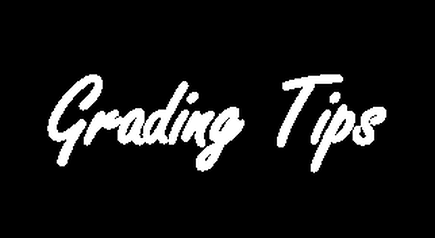Resources to Help Instructors Teach Writing
in Laboratory and Design Courses
|
Incorporating writing assignments into a laboratory or design course is challenging. For one thing, a large gap exists between what students have learned from general writing and what students are expected to deliver in a technical report. For another, engineering and science instructors often do not have the expertise or time to develop a module for teaching writing in engineering or science.
This page presents resources to help engineering and science instructors incorporate writing into their design and laboratory courses. These resources include a short tutorial on writing reports to assign to students, professional report formats for students to download for course assignments, student models of reports, and rubrics for evaluating reports. |
|
Students in journalism and fiction take several courses on learning to write. In such courses, students write, receive feedback on that writing, and then revise. Because engineering and science curricula do not have room for several courses dedicated to writing in the discipline, we incorporate writing into laboratory and design courses. Figure 1 presents an effective process for such incorporation of writing:
- teach expectations for a type of technical document, such as a laboratory report or design report
- have students write such a document to a realistic audience, for a specific purpose, and with a professional format
- provide feedback on the writing of that document
- have the students use that feedback to revise the document.
Step 1. Teach expectations for a specific type of engineering or scientific document
|
Provided here are resources to help engineering and science instructors teach the expectations placed on students when writing a specific type of technical document, such as a laboratory report or design report.
|
|
Step 2. Have students write a technical document with an authentic audience, purpose, and format
|
Provided here are resources to help engineering and science instructors create an authentic writing assignment.
|
|
Step 3. Provide valuable feedback on that document
|
Provided here are resources to help engineering and science instructors provide assignment.
|
Step 4. Have students use that feedback to revise the document
|
Provided here are revisions of the sample graded report and proposal from Step 3. Students were asked to address all of the comments in the graded document and to submit a revision that would be appropriate to give to a job recruiter as a writing sample.
|
|


